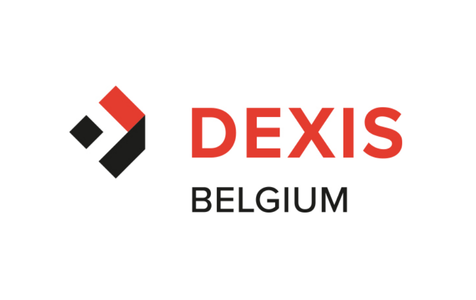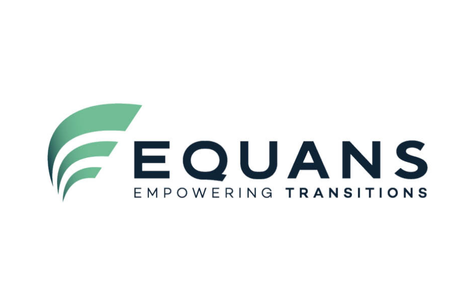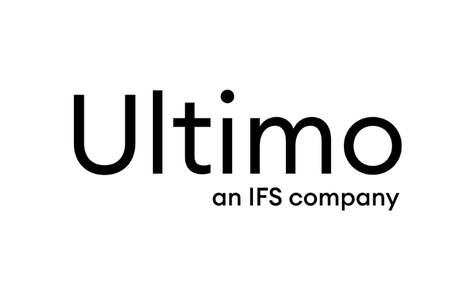How to create more value from your EAM?: 1 - From preventive to predictive maintenance: How to integrate with your EAM?
Since the Second World War, the maintenance world has gone through numerous processes in order to achieve the best maintenance taking into account the availability and cost of maintenance. In the beginning the adage was, "If it doesn't break, don't fix it" and we ended up with pure corrective maintenance. After that the awareness grew that more maintenance would give a higher reliability and preventive maintenance was introduced, "Time based of Event based". This partly led to too much and often wrong maintenance. At the end of the 60's and beginning of the 70's a study was done in the US for civil aviation by United Airlines supported by the US Air Force on reliability. This resulted in the RCM methodology with a shift to Condition Based Maintenance. Nevertheless this is still maintenance performed through the rear-view mirror.
Today, many industries are looking at how necessary maintenance can be predicted. After all, this enables an organisation to schedule maintenance interventions in a timely manner before the undesired condition is reached. This does, however, require a deeper insight into the status of the assets, the so-called "Asset Health". In order for the AI (Artificial Intelligence) algorithms used for this purpose to be able to make good and reliable forecasts, the quality of the data is paramount and there should not be any large gaps in the data. Linking in the EAM (Enterprise Asset Management software system) is therefore essential.
During this webinar, Marcel Van Velthoven and Louis Stoop, both active at Amosa, elaborate on how "Predictive Maintenance" can be successfully introduced in the organization and what it takes to make the step to reliable predictions in maintenance.
Programme
The importance of linking Predictive maintenance with the EAM
- The evolutions in maintenance
- How are EAM software systems used today?
- How to improve data collection and data quality?
- The first steps with Predictive Maintenance: Asset Health
- How do you link predictive maintenance to your EAM?
- Example in IBM Maximo
Demo: From classic to predictive maintenance on a pump
- the classic maintenance on a pump
- how to determine asset health?
- What does the application of predictive analytics yield?
- How can this be integrated in IBM Maximo?

About the speakers
Marcel Van Velthoven is a business engineer and CEO of Amosa. In 2019, he founded Amosa together with a number of other specialists. Marcel has had experience in positioning and implementing maintenance management systems since the early 1990s. From 2006 - 2010 he was divisional director of SKF Asset Management and involved in the development of ISO 55000. Marcel is a guest lecturer at a number of foreign universities in the field of Asset and Maintenance Management.

Louis Stoop has more than 25 years of experience in working with, and positioning Maximo. After starting at PSDI in 1995, he has been in product development and has been responsible for positioning Maximo for various industries in Asia for many years, with a focus on creating value for customers with their EAM system. Louis is co-founder of Amosa and responsible for the functional and technical positioning of the application with customers. With his experience he knows Maximo like no other.
In collaboration with








